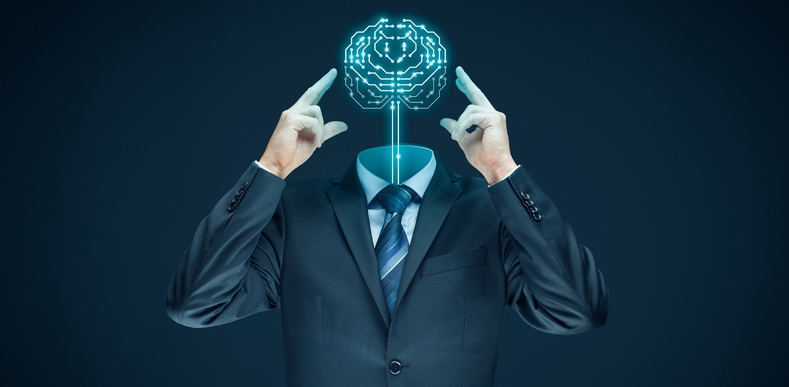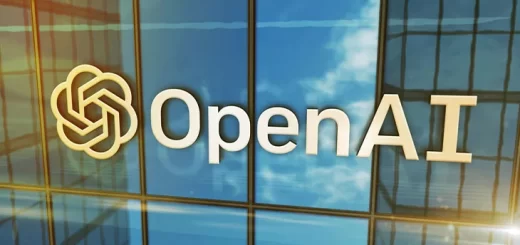AI-Generated Video Content Takes a Major Leap Forward

Video production has traditionally been a labor-intensive and resource-heavy process, requiring skilled professionals, specialized equipment, and time-consuming editing. However, in March 2023, a breakthrough in AI-powered video generation tools changed the landscape, allowing users to create realistic, high-quality videos from text prompts.
The launch of Runway’s Gen-1 and OpenAI’s early research into AI-driven video synthesis demonstrated how machine learning models could transform static images, modify existing footage, and generate entirely new video sequences with minimal human intervention. This advancement bridged the gap between AI-generated still images and dynamic visual storytelling, making video production more accessible to businesses, content creators, and media professionals.
How AI Video Generation Tools Were Evolving
While AI-powered image generators had already gained traction, video remained a much more complex challenge due to factors like motion coherence, object persistence, and frame interpolation. The new wave of AI video tools introduced several improvements:
- Text-to-video synthesis – AI could generate short video clips from textual descriptions, opening new possibilities for automated content creation.
- AI-enhanced video editing – Tools like Gen-1 allowed users to apply stylistic changes to existing footage, creating animation-like effects and artistic transformations.
- Realistic motion rendering – AI models were able to maintain object consistency across frames, making AI-generated videos more natural and visually appealing.
These advancements brought AI-generated video technology closer to mainstream adoption, with potential applications across multiple industries.
Early Adoption and Real-World Use Cases
With AI-generated video tools becoming more sophisticated, businesses and creators quickly found innovative ways to integrate them into their workflows.
1. AI in Marketing and Social Media Content Creation
- Brands leveraged AI to automatically generate product promo videos, reducing production costs and turnaround time.
- Influencers experimented with AI-generated clips to create unique social media content, pushing creative boundaries.
2. AI in Film Pre-Production and Storyboarding
- Directors and cinematographers used AI-powered tools to visualize scenes before shooting, streamlining the filmmaking process.
- Storyboard artists combined AI-generated animations with traditional sketches to enhance conceptual development.
3. AI in Virtual Reality and Gaming
- Game developers explored AI-generated video assets for dynamic in-game cutscenes and cinematic experiences.
- VR applications began utilizing AI-driven video synthesis to create immersive, customizable environments.
By March 2023, it was evident that AI was rapidly transforming video production, making high-quality content creation more accessible than ever before.
Challenges and Concerns with AI Video Tools
Despite their potential, AI-generated videos also introduced new challenges and ethical concerns that needed to be addressed.
1. Authenticity and Deepfake Risks
- AI-powered video synthesis raised concerns about misuse in misinformation campaigns and fraudulent content creation.
- Researchers and policymakers discussed the need for AI-generated content detection tools to maintain digital authenticity.
2. Copyright and Content Ownership
- As AI-generated video models learned from vast datasets of existing footage, legal questions arose about who owns the generated content.
- Some video creators worried that AI tools could undermine traditional filmmaking and animation industries.
3. Computational Costs and Accessibility
- High-quality AI video generation required significant processing power, making real-time rendering expensive and resource-intensive.
- Cloud-based AI video tools offered accessibility but introduced data privacy concerns regarding user-generated content.
The industry was at a crossroads, balancing AI-powered video creation’s vast potential with the ethical and logistical challenges it posed.
What’s Next for AI-Generated Video Technology?
With AI-driven video generation making strides, the next steps in its evolution included:
- Higher-resolution AI video synthesis – Models would soon be capable of producing longer, HD-quality videos with even greater realism.
- AI-assisted video dubbing and translation – AI could revolutionize multilingual video production, making content more globally accessible.
- Interactive AI-generated storytelling – AI-driven video models would power real-time, adaptive content creation for personalized entertainment experiences.
The future of AI video production was on the horizon, with businesses and creatives preparing to embrace its capabilities.
A Game-Changer for the Future of Content Creation
The introduction of AI-powered video generation tools in March 2023 marked a transformative moment in digital media. With the ability to generate, modify, and enhance video content using AI, businesses and creators gained unprecedented creative flexibility.
However, as AI-driven video production tools became more widespread, questions surrounding authenticity, ethics, and accessibility remained. Ensuring responsible development and implementation would be essential in shaping AI’s role in the future of visual storytelling.




